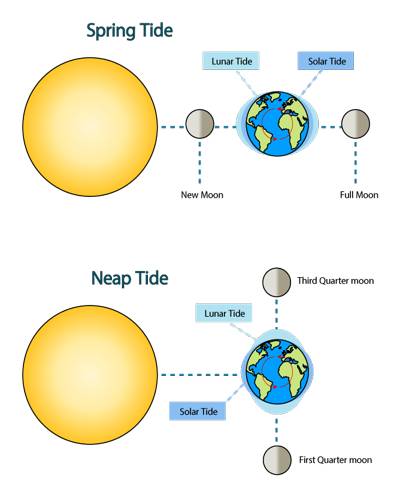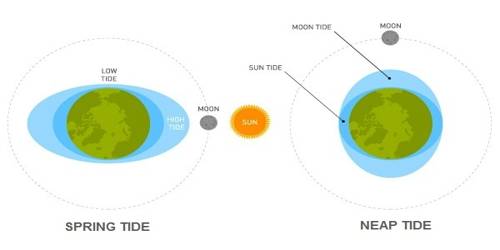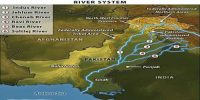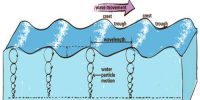Types of Tides based on the Sun, Moon, and the Earth Positions
The periodical rise and fall of the sea level, once or twice a day, mainly due to the attraction of the sun and the moon, is called a tide. Tides vary in their frequency, direction, and movement from place to place and also from time to time.
Spring tides: The position of both the sun and the moon in relation to the earth has a direct bearing on tide height. When the sun, the moon, and the earth are in a straight line, the height of the tide will be higher. These are called spring tides and they occur twice a month, one on full moon period, and another during new moon period.
Neap tides: Normally, there is a seven-day interval between the spring tides and neap tides. At this time the sun and moon are at right angles to each other and the forces of the sun and moon tend to counteract one another. The Moon’s attraction, though more than twice as strong as the sun’s, is diminished by the counteracting force of the sun’s gravitational pull.

Once in a month, when the moon’s orbit is closest to the earth (perigee), unusually high and low tides occur. During this time the tidal range is greater than normal. Two weeks later, when the moon is farthest from earth (apogee), the moon’s gravitational force is limited and the tidal ranges are less than their average heights.
When the earth is closest to the sun (perihelion), around 3rd January each year, tidal ranges are also much greater, with unusually high and unusually low tides. When the earth is farthest from the sun (aphelion), around 4th July each year, tidal ranges are much less than average.
The time between the high tide and low tide, when the water level is falling, is called the ebb. The time between the low tide and high tide, when the tide is rising, is called the flow or flood.















